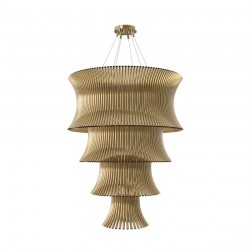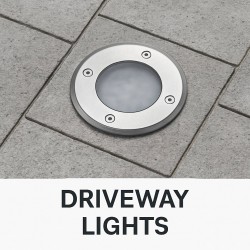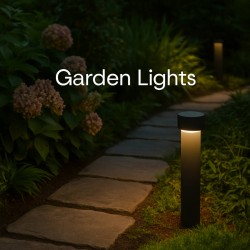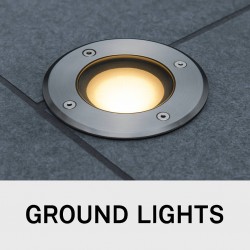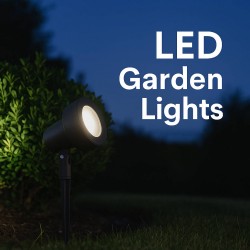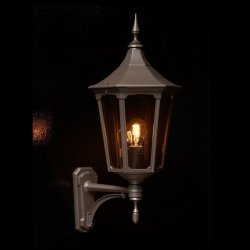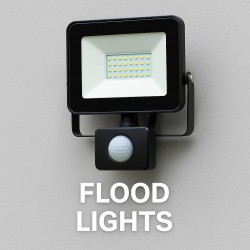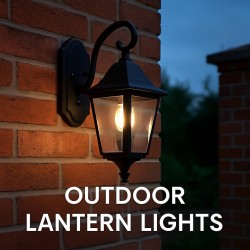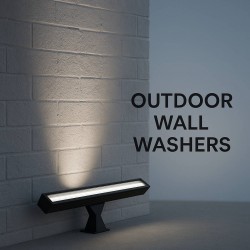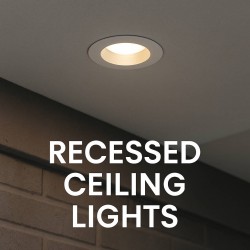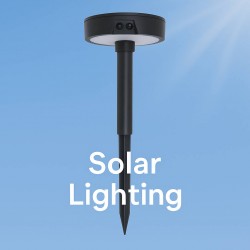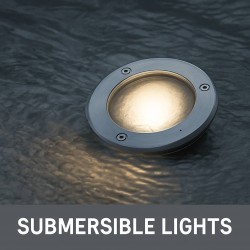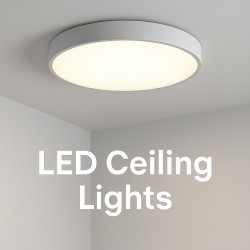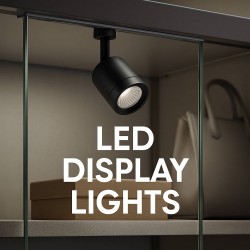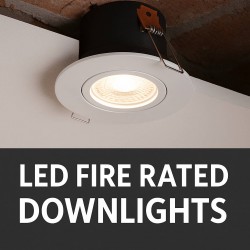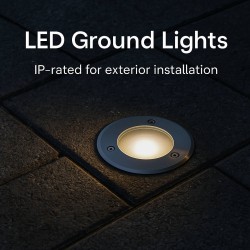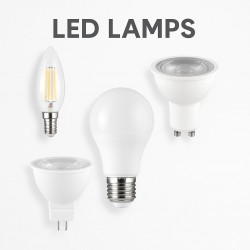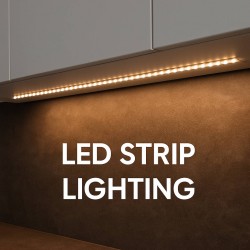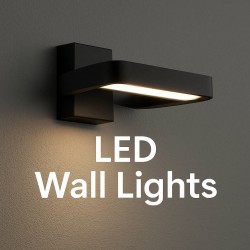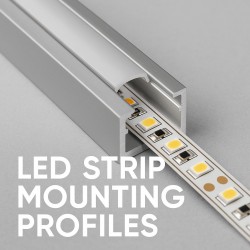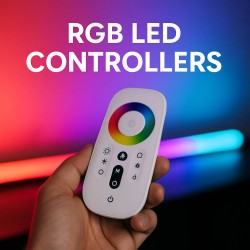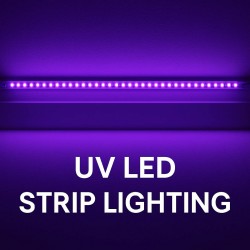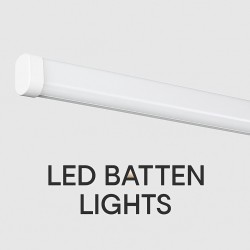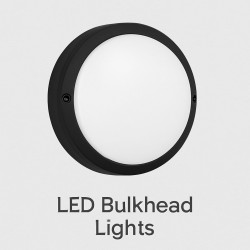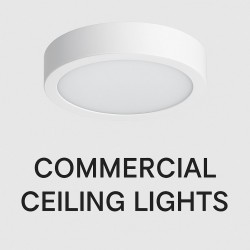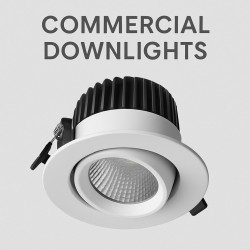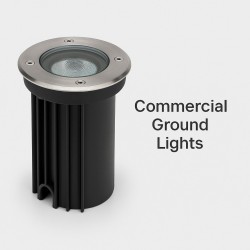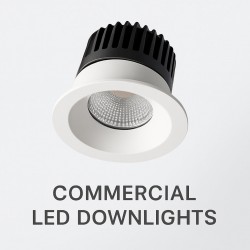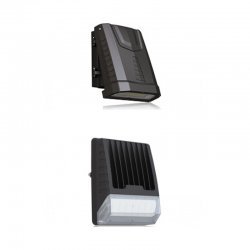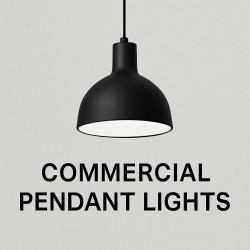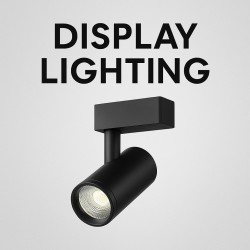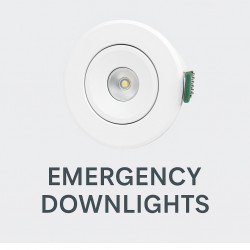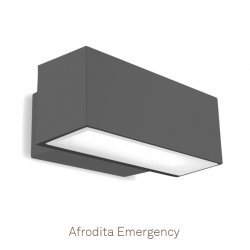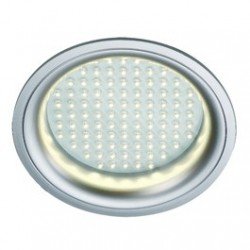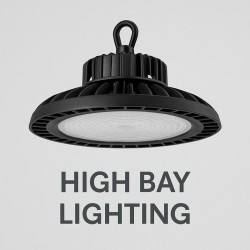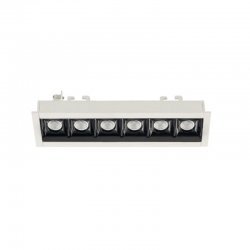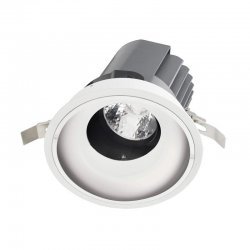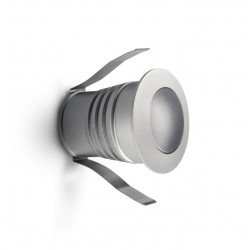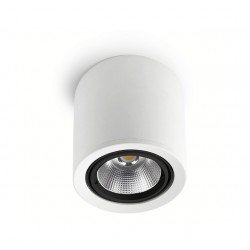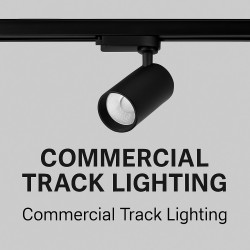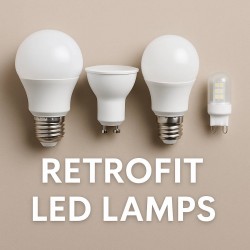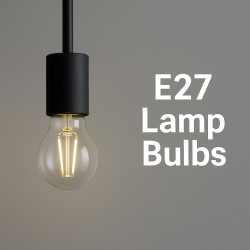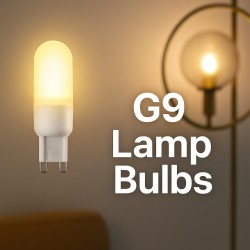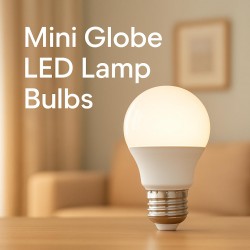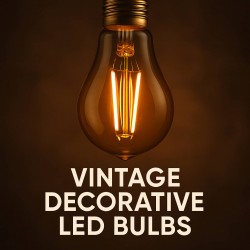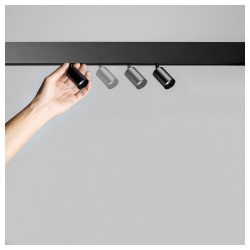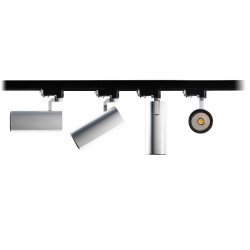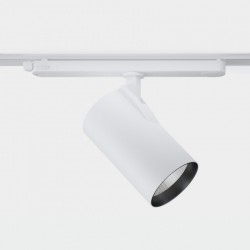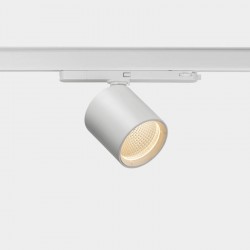Commercial Lighting design
Commercial lighting design is the process of selecting and arranging lighting fixtures in a commercial space to create a functional, efficient, and aesthetically pleasing environment. Good commercial lighting design considers several factors, including the type of space, its intended use, the available natural light, and the desired ambiance.
When designing a commercial lighting system, it is important to start by evaluating the space and its intended use. For example, a retail store will have different lighting needs than an office or a warehouse. It is also important to consider the available natural light and the time of day when the space will be used, as these factors can affect the amount of artificial light required.
Once these factors have been considered, the next step is to determine the types of lighting fixtures that will be used. There are many different types of commercial lighting fixtures, including pendant lights, wall lights, recessed lights, and track lighting. Each type of fixture has its own unique advantages and disadvantages, and it is important to choose the right fixtures for your space.
Another important consideration in commercial lighting design is energy efficiency. LED lighting is an energy-efficient option that has become increasingly popular in commercial spaces. LED lights are long-lasting, efficient, and can be designed to mimic the look of traditional lighting fixtures.
The final step in commercial lighting design is to create a lighting plan that takes into account the placement of the fixtures and their output. This plan should be designed to provide adequate light levels in all areas of the space while also creating a visually pleasing ambiance.
In conclusion, commercial lighting design is a critical aspect of creating functional and aesthetically pleasing commercial spaces. By considering the type of space, its intended use, the available natural light, and the desired ambiance, you can design a lighting system that meets your specific needs and enhances the look and feel of your space.







